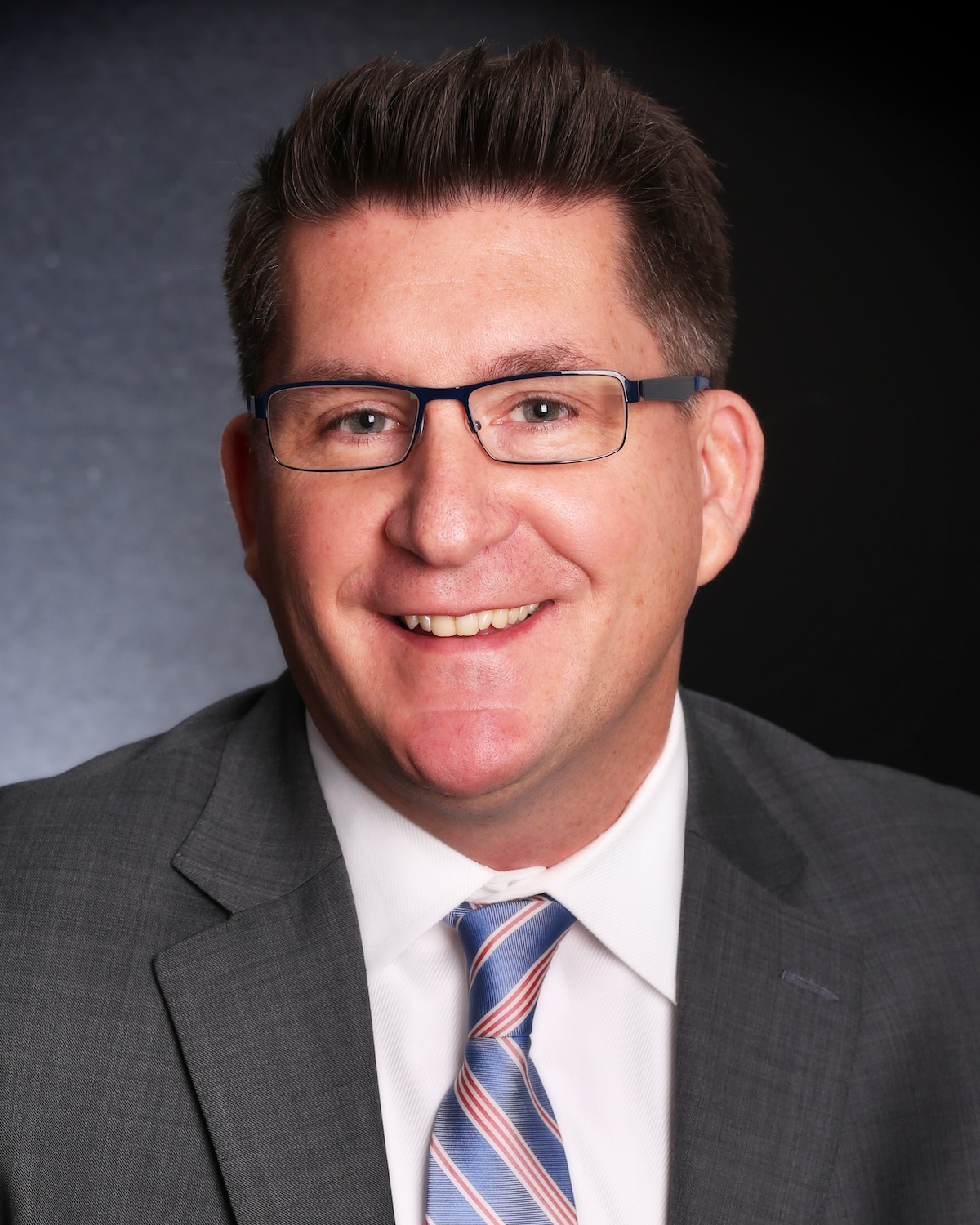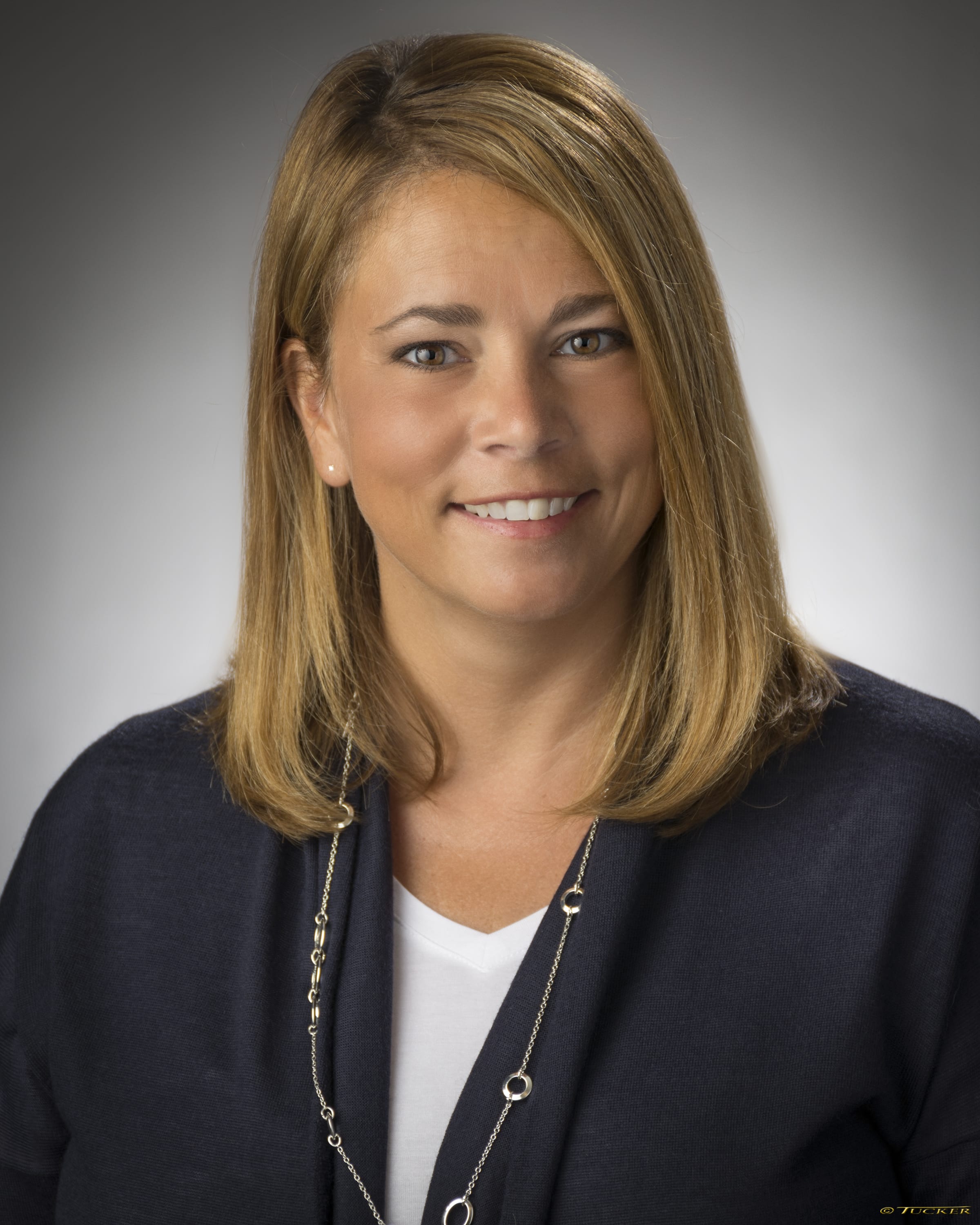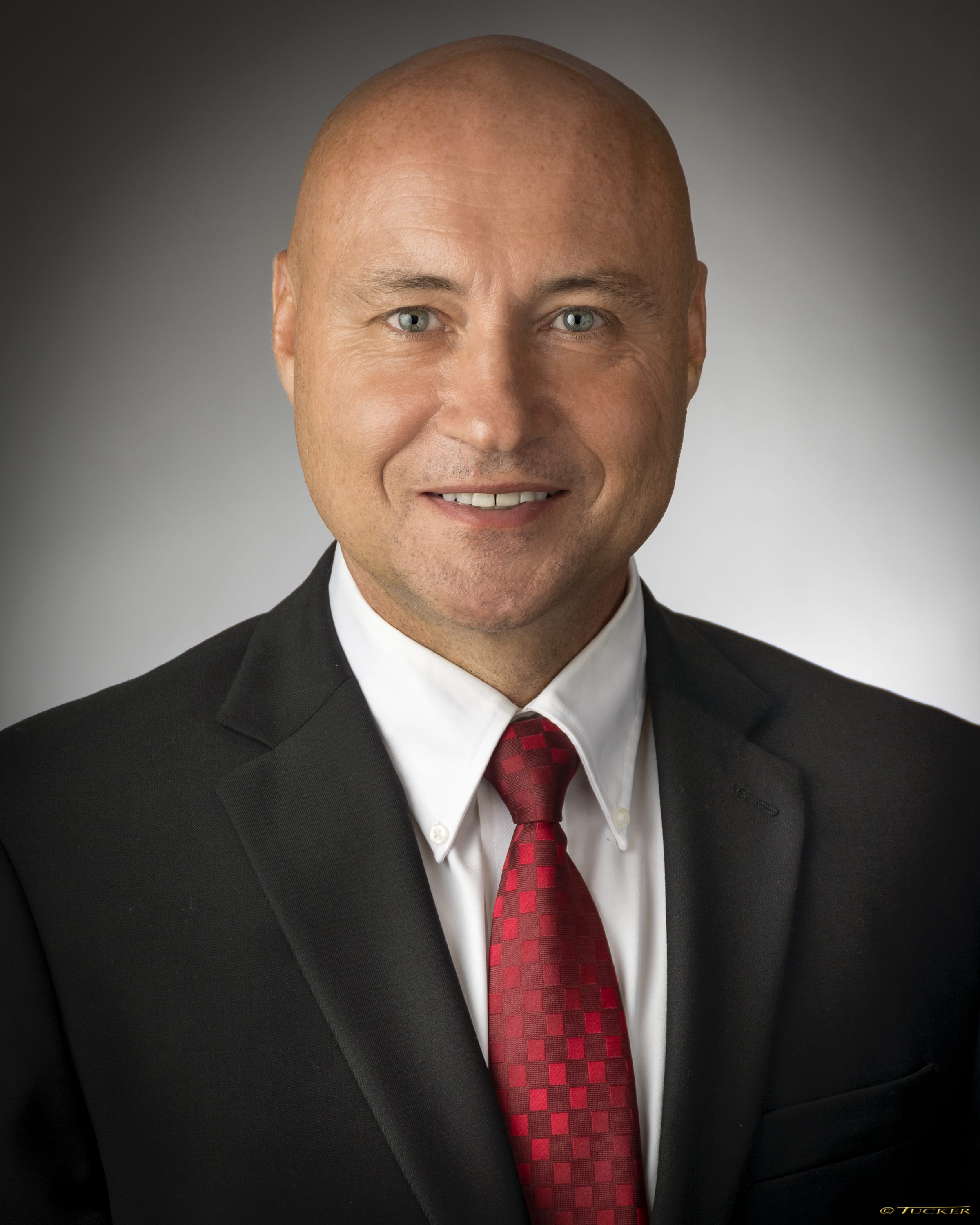Managing Litigation Inside and Out
Editorial
August 4, 2016
How an in-house team of lawyers can benefit your company
The word “litigation” conjures up the image of courtroom battles — polished lawyers in smart suits with expandable briefcases going head-to-head. While the actual battle can, and generally must, be assigned to outside counsel, you should never discount the need to staff litigation with in-house lawyers who work behind the scenes on the less dazzling but absolutely critical aspects of litigation. Without expert in-house counsel, important details can be overlooked, escalating costs and possibly jeopardizing case outcomes. If your company’s litigation docket is significant, and the topics below seem like Greek to you, then consider adding an in-house litigation team to the budget.
INSURANCE
While outside lawyers battle in court, the in-house lawyers are often battling the insurance company for coverage. In-house lawyers are best positioned to pursue coverage simply because of their knowledge of the case facts and applicable insurance policies, history of insurance coverage, and, quite frankly, the fiduciary responsibility to mitigate costs where possible and fight weak coverage opinions with often indecipherable reservation of rights clauses. No company should assume outside counsel will undertake this responsibility.
Similarly, when coverage is afforded, it is critical that in-house lawyers assure that competent panel counsel is assigned to the case, be vocal when inadequate counsel is assigned, and assure that outside panel counsel is keeping you informed and remembering that you, not the insurance company, are the client. Perhaps the most important role for in-house counsel in these situations is intervening at the settlement juncture to make sure that panel counsel is considering the best interests of the company, which may not always align with those of the insurance company, particularly when ugly words like “class action” and “punitive damages” are being bandied about.
PRIVILEGED INFORMATION
Managing internal communications and preventing employees from destroying privilege, which can happen simply by including individuals outside the company on communications that are privileged, is one of the most critical aspects of litigation management. Most employees have no clue how to identify and protect privileged information. In-house counsel acts as the gatekeeper and protector of such sensitive information, the improper disclosure of which, either at the time of the communication or by forwarding a communication at a later date, can single-handedly destroy an otherwise winnable case.
LEGAL HOLDS
If you are relying solely on your outside counsel to communicate to your employees regarding legal holds, you may not be serving your company well. Legal holds are tricky – in part because drafting a good legal hold letter is dependent on intricate knowledge of the company. In-house counsel is best suited to select the relevant employees to be subject to the hold – because being either over-broad or under-broad creates unwanted risk.
Additionally, in-house counsel is your best bet for drafting a sufficient litigation hold letter that your employees can actually understand and appreciate. Getting your IT department on board with every litigation hold is critical, and no one is better suited to align that aspect than in-house staff.
EMPLOYEE EXPERTS AND TESTIMONY
In many corporate cases, the company’s employees will be deposed and provide testimony. Electing who can and should provide that testimony for a company requires knowledge best held by in-house counsel. Testimony makes and breaks cases and selecting and preparing employees for the task requires inside knowledge.
Keep in mind, your employee witnesses have other full-time duties, and determining who constitutes the best deponents, and rotating them appropriately, is based case by case on the facts and generally best managed in-house. Similarly, while lawyers are the legal experts, the business folks are . . . well . . . the business experts, and clearly best suited to review and verify complicated discovery responses.
In-house lawyers have great feel for which operational staff can best review and verify responses. In many complex cases, multiple business lines are involved, further necessitating an insider to quarterback the full legal defense or offense.
MANAGING CLIENTS
Unfortunately, and particularly in the mortgage servicing space, you and your client may both be targeted in litigation, and your positions are not always aligned and free of conflict. Even when your client is not involved, the client may want regular updates on your litigation docket, despite your need to keep certain information privileged, to satisfy regulators enforcing client oversight of third-party providers. Add in client indemnity requests and all of these issues can create a tangled web between you and your client.
Managing your client and your client’s outside counsel can be sticky when there is an ongoing and successful business relationship between you. Your in-house counsel often acts as the mediator that keeps that relationship healthy, while also protecting the company’s best interest in the ongoing litigation — something outside counsel simply is not as well-positioned to balance for you.
SETTLEMENTS
Approximately 95% of all lawsuits settle before trial commences, but determining when to settle and under what terms requires a critical and strategic weighing of the pros and cons, beyond economic cost/benefit analysis.
Knowing when to fight and when to cut losses often requires detailed and intricate knowledge of business operations and overall company risk, along with an expert knowledge of the litigation process in general.
The adage of being penny-wise and pound-foolish can apply to a myriad of litigation, and it is critical that in-house counsel not only analyzes and appreciates the risk and benefits associated with each settlement offer, but also communicates and educates senior management in the decision-making process.
LITIGATION BUDGETING
If you want an accurate budget, you must include litigation. If your litigation docket is significant and spans multiple venues then likely so is the number of outside firms you are retaining to handle your cases. The only constant among them is your in-house litigation staff, the only counsel who can best project costs and cost timing on an annual basis and level-set management’s expectations.
MANAGING OUTSIDE COUNSEL
Even when you hand-select your own outside counsel, managing that relationship is critical and can be tedious. Extensive effort must be made by in-house counsel to ensure that outside counsel understands the business and the company’s objectives and risks — both case-specific and big picture.
Never assume outside counsel can draft pleadings without close tutelage and review by in-house counsel. Additionally, the task of managing outside counsel’s fees, as touchy as that can be, is critical. Many in-house lawyers began their careers in law firms and can appropriately review legal invoices and billing summaries and have direct and professional conversations with outside counsel to prevent runaway attorney’s fees.
PRE-LITIGATION CLAIMS
If your company is positioned to receive pre-litigation claims then you have opportunity to avoid costly litigation when claims with merit can be reasonably settled. Use in-house counsel to support the claims resolution process to evaluate both the likelihood that a claim will proceed to litigation if not settled and the likely success of such litigation.
In-house counsel can assist with evaluating whether settlement is an appealing option and crafting appropriate release and settlement agreements in cases where settlement is recommended.
THE FACTS
Your best cases are those with the best facts. Your in-house litigation team, particularly those with close working relationships with operational staff, best merge the business operational knowledge with the legal defense or offense, expertly managing a case from start to finish – inside and out.
Source: HousingWire (Managing litigation inside and out [pdf)











